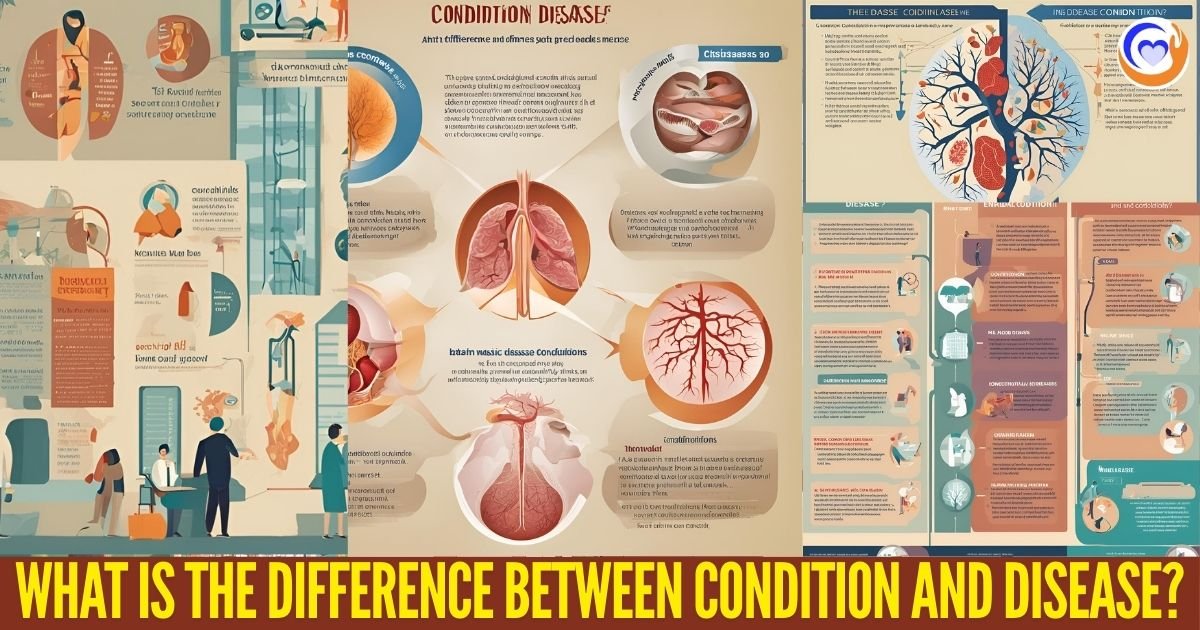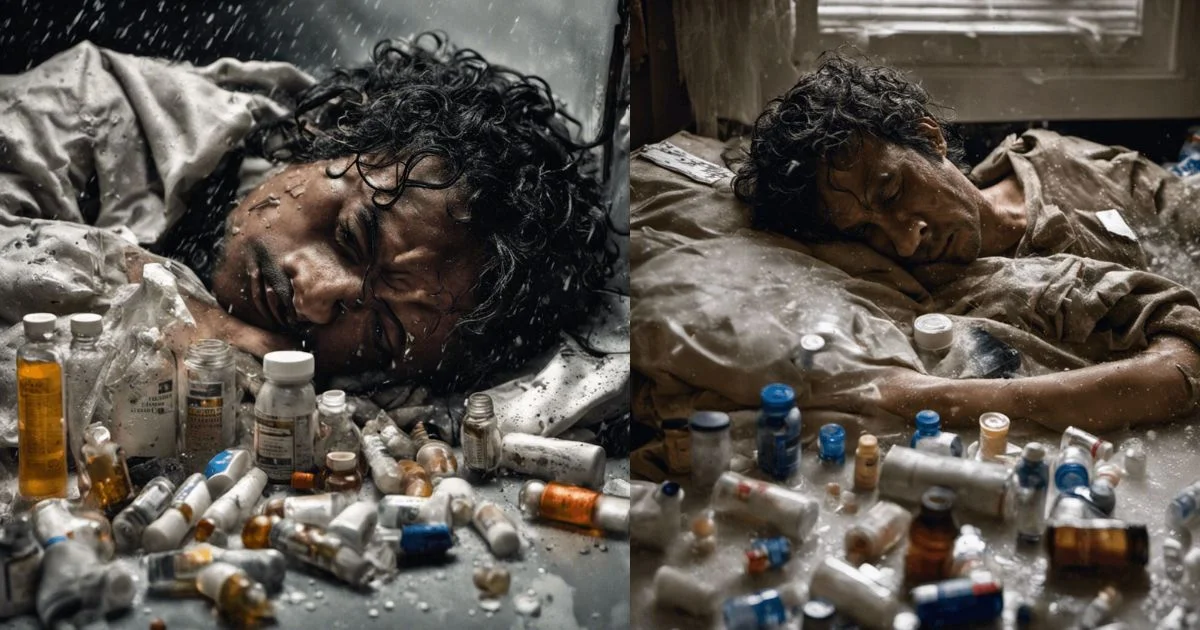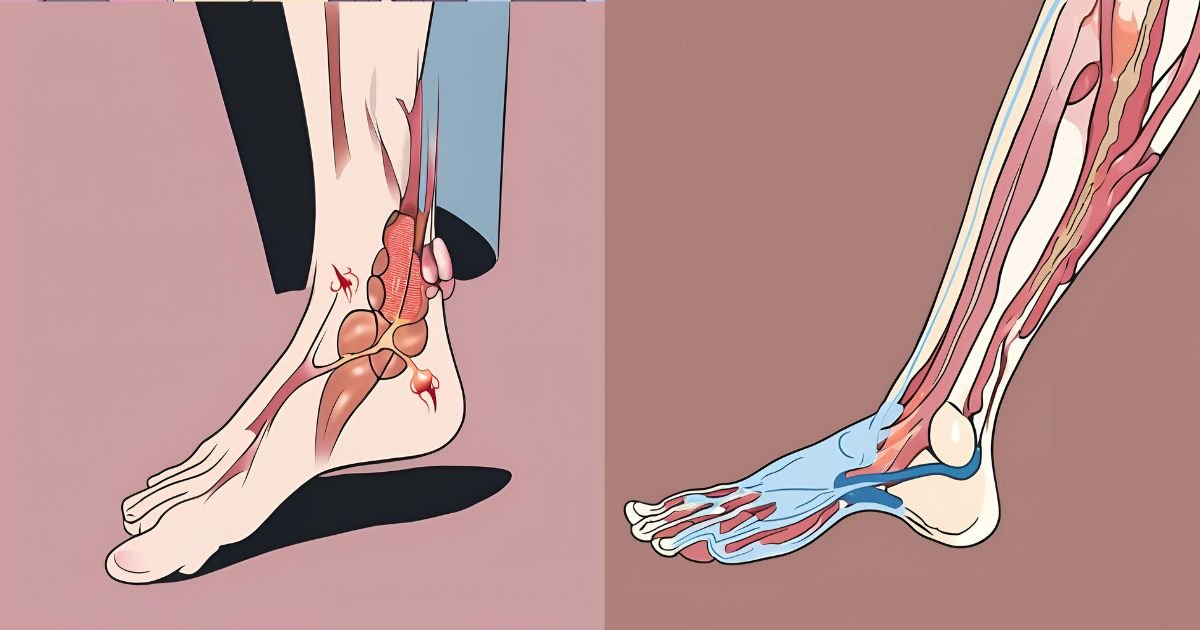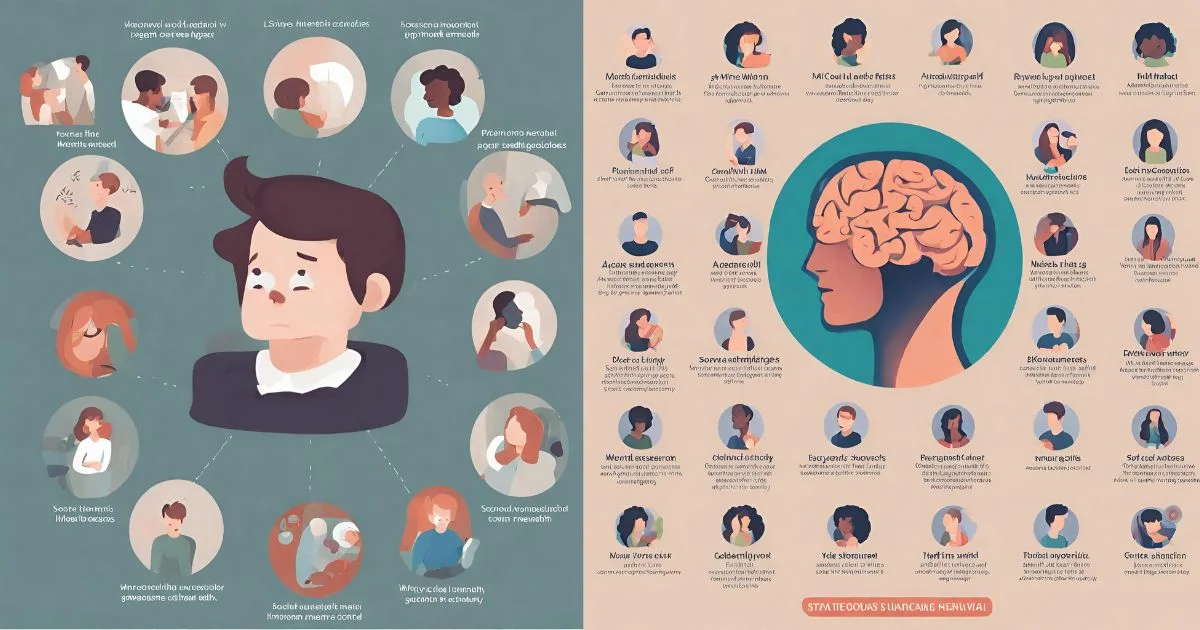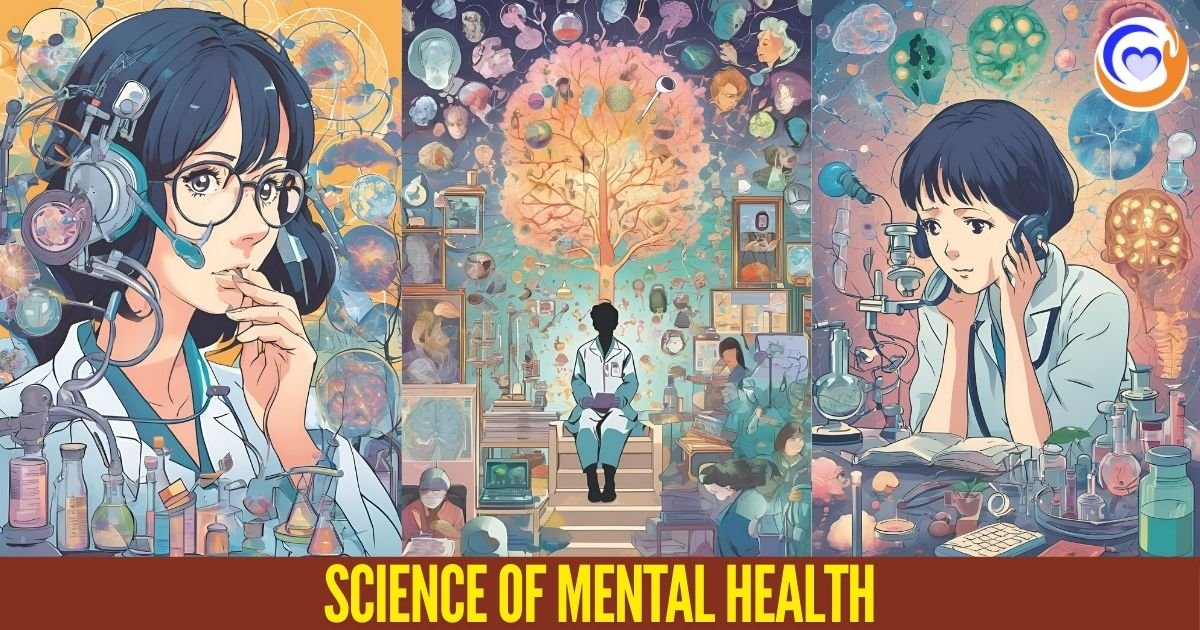The terms “condition” and “disease” are often used interchangeably, but there are some critical differences between the two. There is a difference in condition and diseases. At a basic level, a disease refers to an abnormal condition that negatively affects the structure or function of part or all of an organism. At the same time, a situation is a state of being. However, the distinction can be complex.
At a basic level, a disease refers to an abnormal condition that negatively affects the structure or function of part or all of an organism. At the same time, a situation is a state of being. However, the distinction can be complex.
Read More: Kidney Disease and Skin Condition
Difference Between Condition and Disease with Definitions
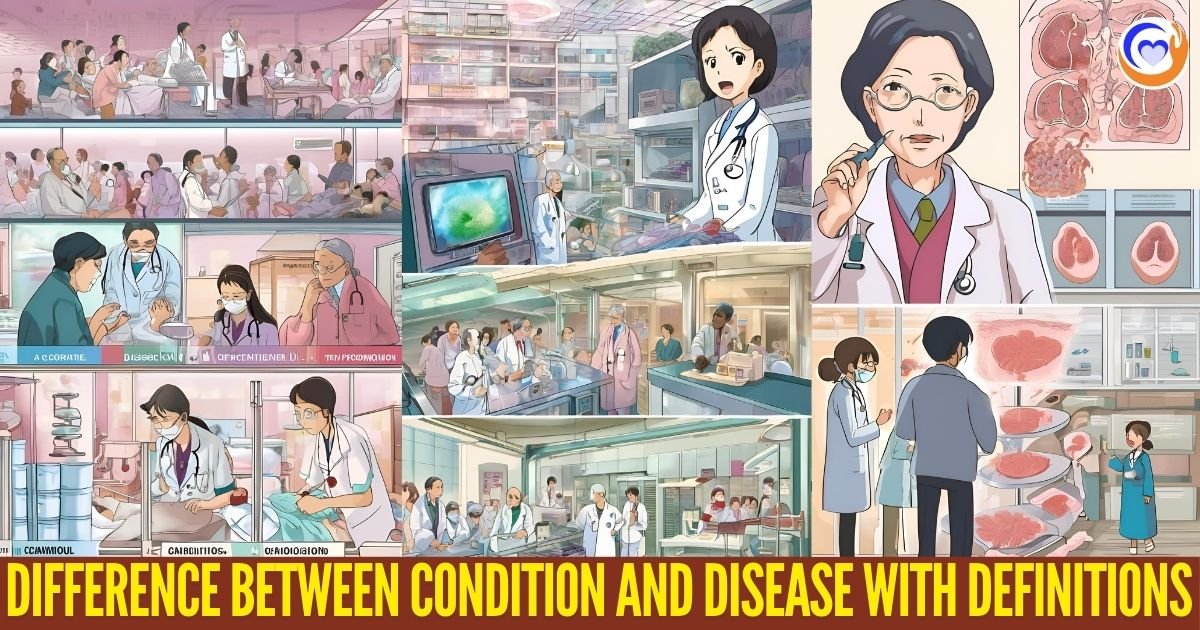
Here we will discuss the difference between condition and disease. The medical community has struggled to define disease and condition precisely. One proposed definition of disease is “a pathological process, most typically characterized by two or more of the following criteria: recognized etiologic agent(s), identifiable group of signs and symptoms, consistent anatomic alterations.” In contrast, the condition is defined as “any state of being, whether negative or positive.”
Some of the critical differences between disease and condition:
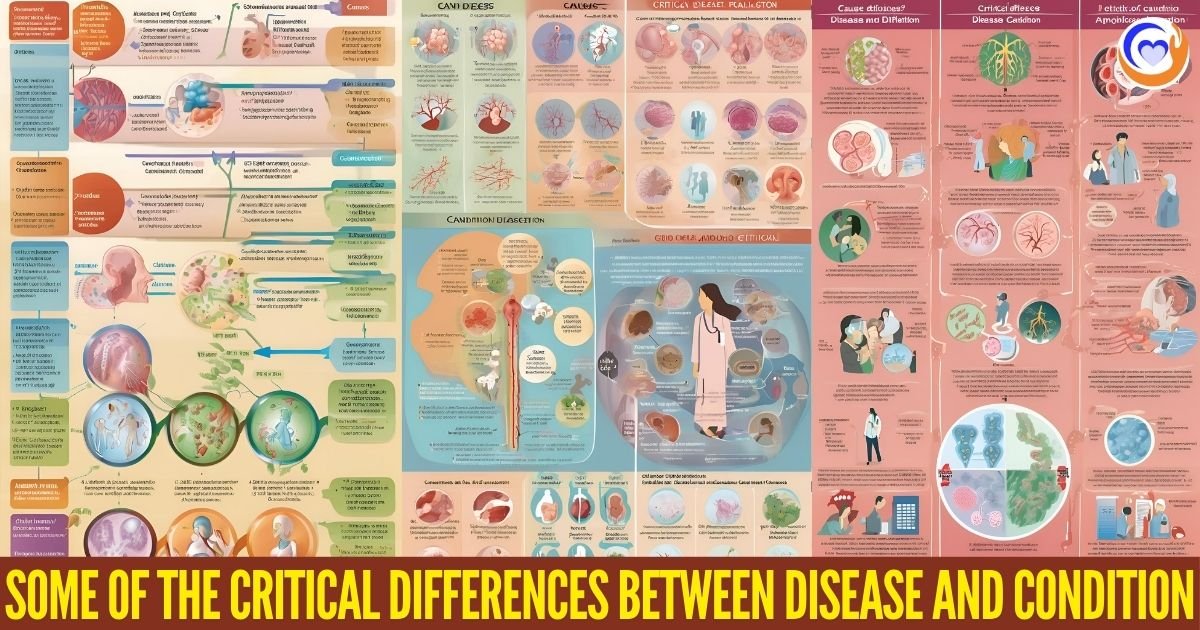
– Cause – Diseases typically have a specific, identifiable causal agent or etiology, such as a pathogen, genetic mutation, bimolecular/physiological dysfunction, injury, or exposure to toxins. Conditions may or may not have a definite cause.
– Signs/symptoms – Diseases usually involve a cluster of characteristic signs and symptoms. Conditions are states that may or may not have signs or symptoms.
– Pathology/dysfunction – Diseases involve pathological changes at the cellular, tissue, or organ level that lead to structural damage or physiological dysfunction. Conditions do not necessarily imply underlying pathology.
– Deviance from norms – Diseases reflect deviation from normal structure/function. Conditions may represent normal variations.
– Diagnostic criteria – Clear diagnostic criteria exist for diseases. Conditions are more vague states that lack defined parameters.
– Harm/impairment – Diseases are associated with harm, impairment, or morbidity if left untreated. Conditions may be neutral or even beneficial.
– Scope – Diseases affect specific tissues, organs, and systems. Conditions can be holistic states, not localized to a body part.
– Temporality – Diseases have beginnings and ends, with identifiable stages. Conditions may be lifelong/inherent.
– Treatability – Diseases tend to be more treatable through clinical interventions. Conditions may not require or respond to treatment.
So, in summary, while conditions represent general states of being, diseases imply disordered or deranged states caused by specific biological dysfunction and marked by distinct signs and symptoms. However, there are exceptions, and the distinction is sometimes blurred. Chronic conditions like obesity or hypertension involving underlying pathophysiology are sometimes called diseases. The difference lies in the specifics of the individual case.
Examples
Here are some examples that help illustrate the difference:
– Diabetes is a disease caused by improper insulin functioning, leading to high blood glucose levels, with symptoms like excessive thirst and blurred vision. Being overweight is a condition that may arise due to lifestyle factors like diet and exercise.
– Cancer is a disease characterized by uncontrolled cell division and tumor formation. Being tall is a condition influenced by genetics and environment without underlying cellular pathology.
– The common cold is a viral infectious disease with symptoms like sore throat, sneezing, and runny nose. Feeling tired or fatigued is a condition that may have numerous causes or no cause.
– Osteoporosis involves decreased bone density and quality, increasing fracture risk. Having dense bones is a condition reflecting genetics, nutrition, and lifestyle.
– Depression is a mood disorder with neurochemical imbalances causing persistent sadness/emptiness and other symptoms. Feeling unhappy in response to life circumstances is a normal condition.
– Dementia is a neurodegenerative disease causing a steady decline in cognitive abilities. Having poor memory can be a normal condition at one age.
– Hypertension is a disease characterized by chronic elevated blood pressure, increasing the risk of heart, kidney, and brain damage. Experiencing acute stress may temporarily elevate blood pressure as a normal condition.
There are also examples where the terminology is less clear-cut:
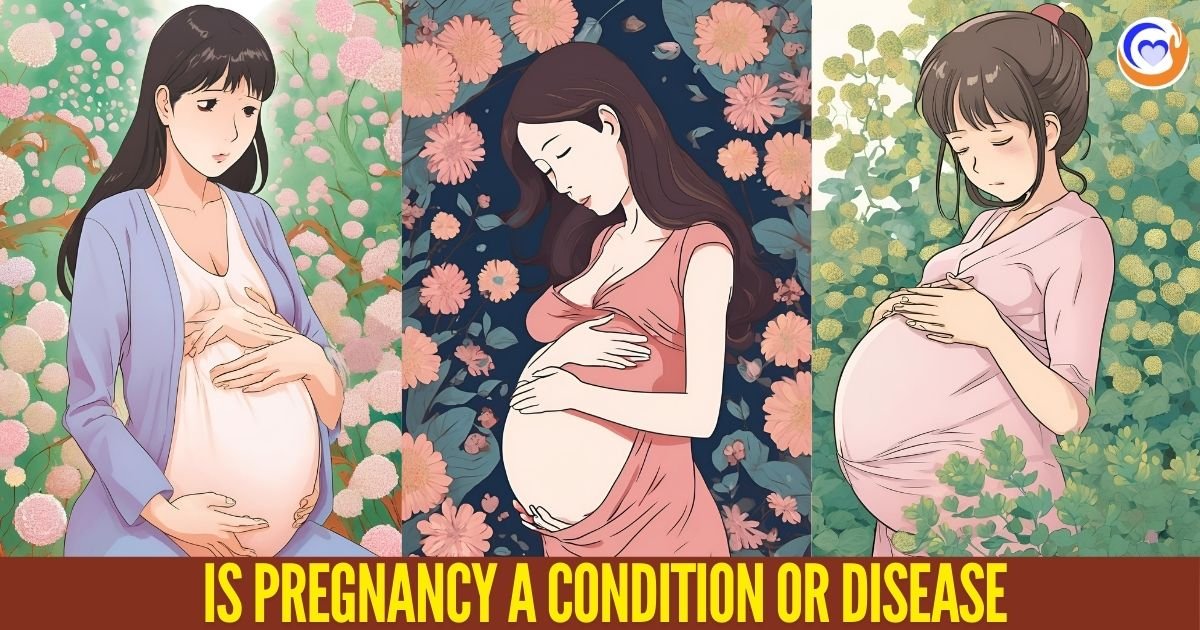
– Is pregnancy a condition or disease? It is a temporary physiologic state supporting fetal development but involves physical stress and complications.
– Allergies involve immune system dysfunction and damage in response to allergens but are generally managed as chronic conditions rather than acute diseases.
– Classifying mental illnesses can be complex – depression caused by genetics and brain chemistry may be considered a disease, while depression arising from life circumstances is a more conditional response.
In summary, while the central concepts of causation, pathology, signs/symptoms, impairment, and deviations from normal function help differentiate between diseases and conditions, there is only sometimes a clear boundary. The terminology depends on context and perspective.
Perspectives on Disease vs. Condition
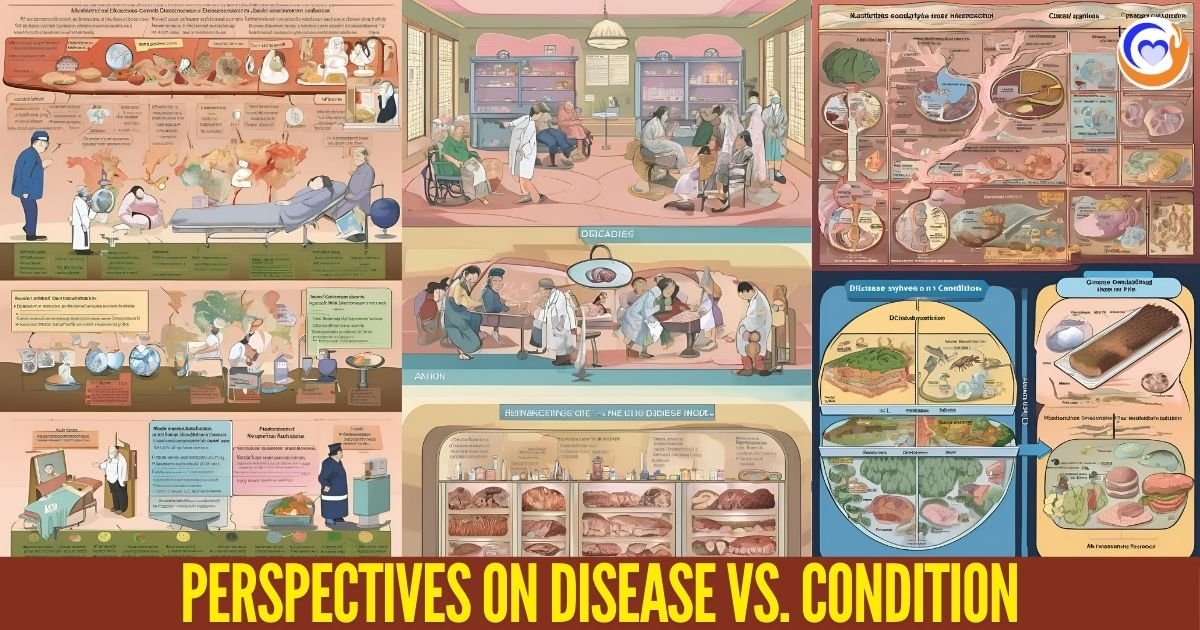
Here are some perspectives on what factors shape the disease versus condition dichotomy in medicine:
– Historical – The disease concept has evolved as understanding physiology and pathology has advanced. For example, obesity was historically seen as a condition or individual failure but is now recognized as having metabolic disease components.
– Scientific – Diseases are defined by biological sciences like microbiology, biochemistry, and genetics, identifying specific causal microbes, molecular pathways, genetic variants, etc. Conditions are more vaguely defined states.
– Cultural – Society and culture influence which states are perceived as diseases versus conditions based on values, behaviors, and attitudes. For example, alcoholism was long considered a moral failing before being recognized as a chronic disease.
– Teleological – Disease conveys dysfunction that impairs the normal functioning of an organism in its environment. Conditions may not interfere with achieving the natural ends of life.
– Statistical – Diseases represent statistically significant deviations from normal states identifiable through analysis of populations. Conditions reflect normal variation.
– Evolutionary – Diseases reflect states that disadvantage survival and reproduction. Conditions may be adaptive or neutral based on the environment.
– Economic – Calling a state a disease mobilizes funding for research and treatments. Conditions may need more resources. However, overdiagnosis of diseases also risks overtreatment and excessive costs.
– Political – Recognition of states as diseases rather than conditions reduces stigma and discrimination. But medicalization of conditions as diseases also risks paternalism and social control.
– Social – Diseases elicit sympathy as they are not the “fault” of the individual. Conditions may be stigmatized as the responsibility of the person. But this view is overly simplistic.
– Personal – Those living with states see them as either conditions or diseases based on impacts on their lives and how they view themselves. Their perspectives should be given prominence.
So, the disease-condition distinction has fuzzy borders and is shaped by the perspectives of those defining, experiencing, and managing the states of being. There are advantages and disadvantages to both labeling states as diseases versus conditions in different contexts. Overall, the terminology requires nuance.
Implications of the Disease-Condition Distinction
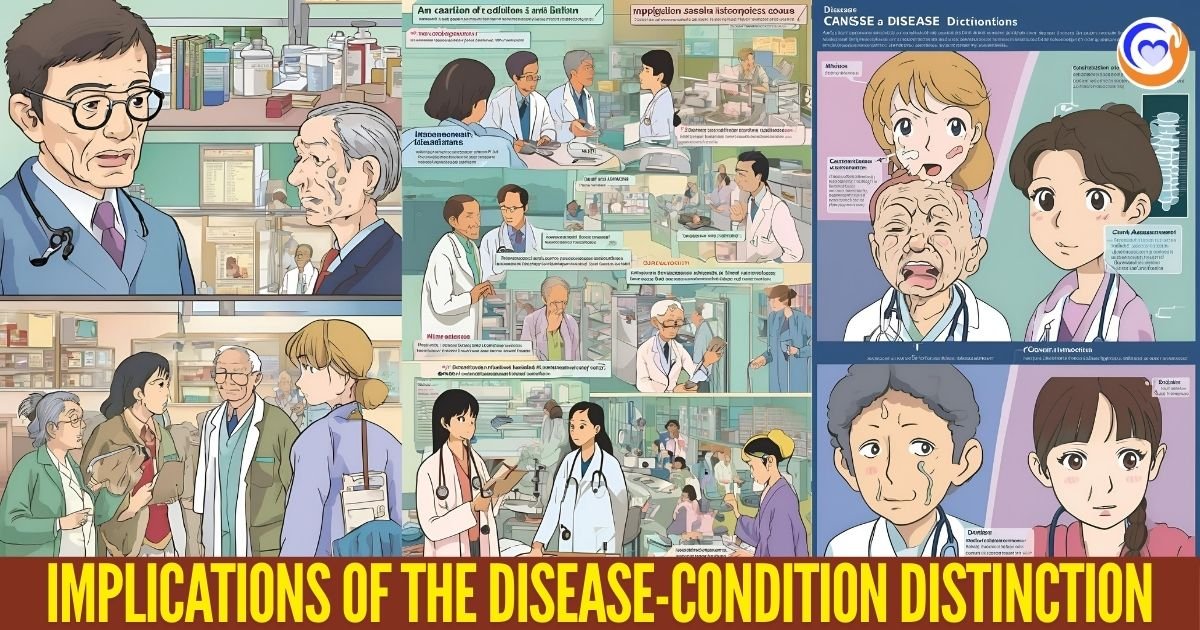
The distinction between disease and condition has important implications:
– Diagnosis – Diagnosing a state as a disease versus a condition guides clinicians’ assessment of causes and pathology. Misdiagnosis can lead to inappropriate or delayed treatment.
– Treatment – Diseases are often treated through clinical interventions like medications, therapy, or surgery. Conditions may only require lifestyle management. Inappropriate treatment for mischaracterized conditions can lead to wasted resources, costs, and side effects.
– Prognosis – Diseases often have a typical course that informs clinicians about prognoses and outcomes. Conditions may be more individualistic courses requiring personalized projections.
– Stigma – Disease diagnosis may reduce stigma by implying a lack of blame/control. But it can also increase stigma in some cases, like with mental illnesses. Proper conditioning requires reducing judgment.
– Identity – Being diagnosed with a disease can negatively impact self-identity and introduce feelings of loss of control. Normalizing states as manageable conditions may support self-efficacy.
– Disability – Recognition of diseases helps legitimize disability statuses and benefits. However, support should be available regardless of condition or disease barriers to social functioning.
– Research – Diseases receive more public/private funding for causation and treatments. Conditions need more urgency, delaying scientific advances to address them.
– Health communication – Discussing the prevalence of diseases versus conditions creates different perceptions, emotions, and actions in patients and populations. Nuanced communication is needed.
– Health policy – Health policies target treatment availability, insurance coverage, protected status, workplace policies, and access differently based on state categorization as disease or condition. Inclusions and exclusions have far-reaching impacts.
– Epidemiology – Diseases require tracking pathogen transmission, outbreaks, and infection control. Conditions warrant less vigorous surveillance but can still benefit from population data.
So carefully considering the disease versus condition distinction has wide-ranging impacts on medicine, science, policy, society, and individual health. It merits close analysis rather than casual assumptions.
Read More: Condition Disease Disorder
Conclusion
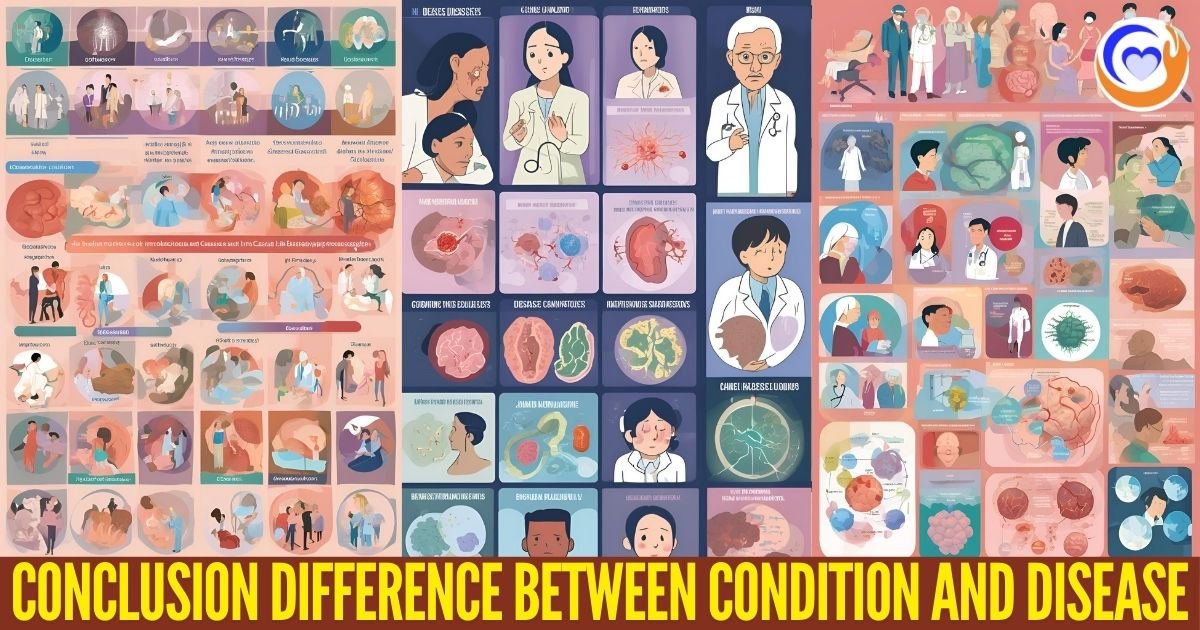
In summary, diseases and conditions are overlapping concepts with some key differences. Diseases imply harmful dysfunction from specific causal biological and physiological processes. Conditions are more generalized states of being that may be benign or pathological.
However, the line is often blurry, and the terminology carries important connotations for diagnosis, treatment, identity, policy, communication, research, and more. Overall, the complexities of the disease-condition distinction require careful consideration of scientific, social, cultural, and personal perspectives to reach the most constructive application of the terminology on a case-by-case basis.

